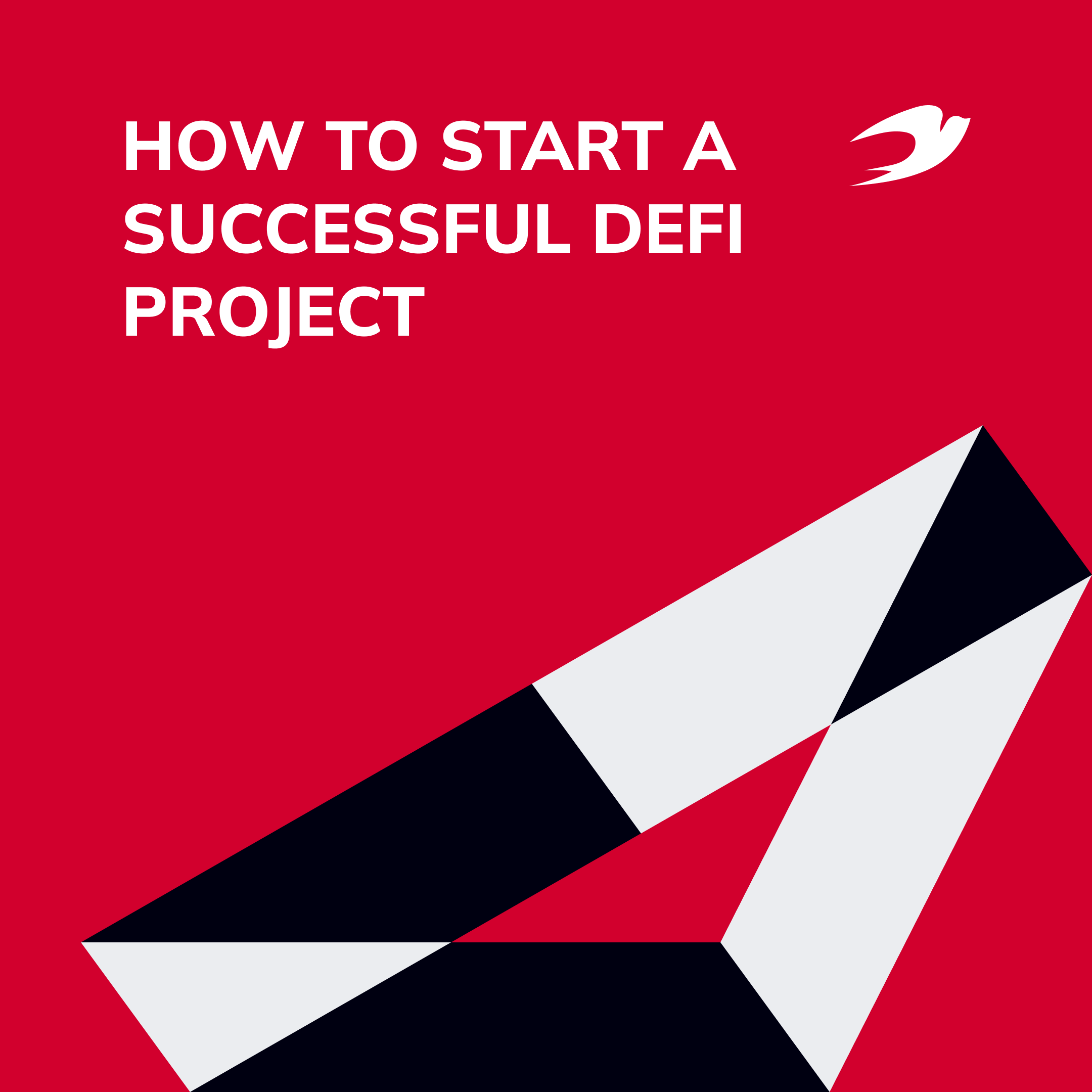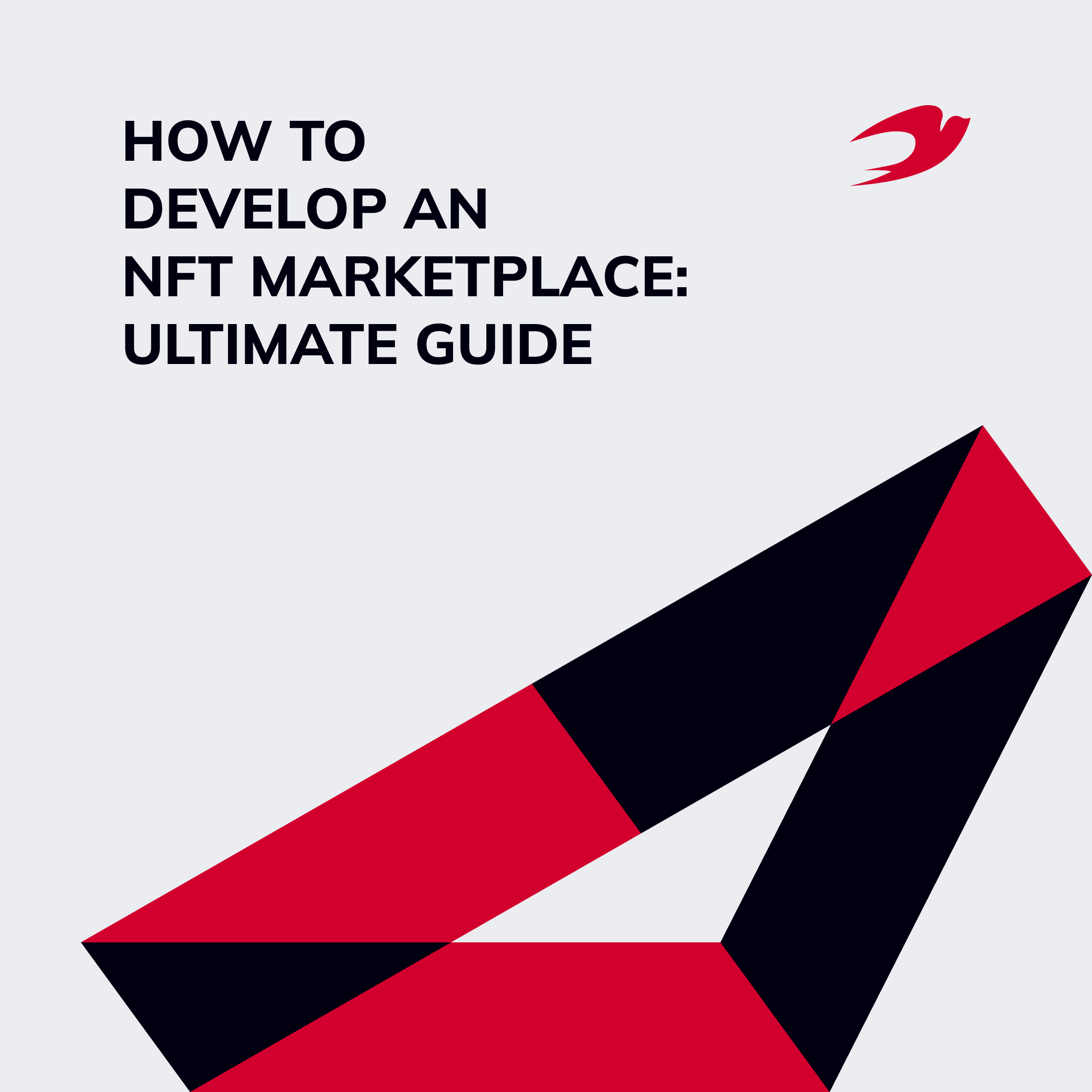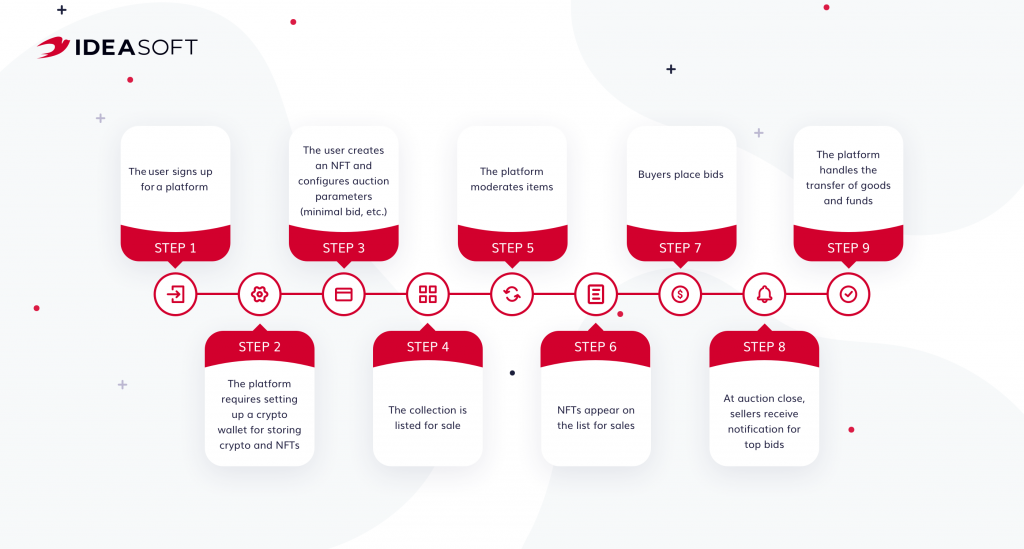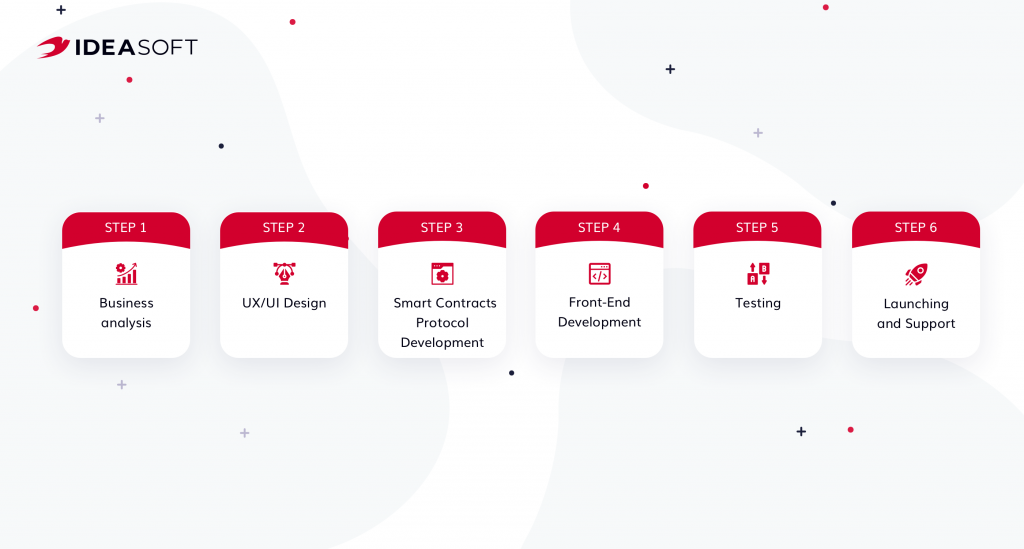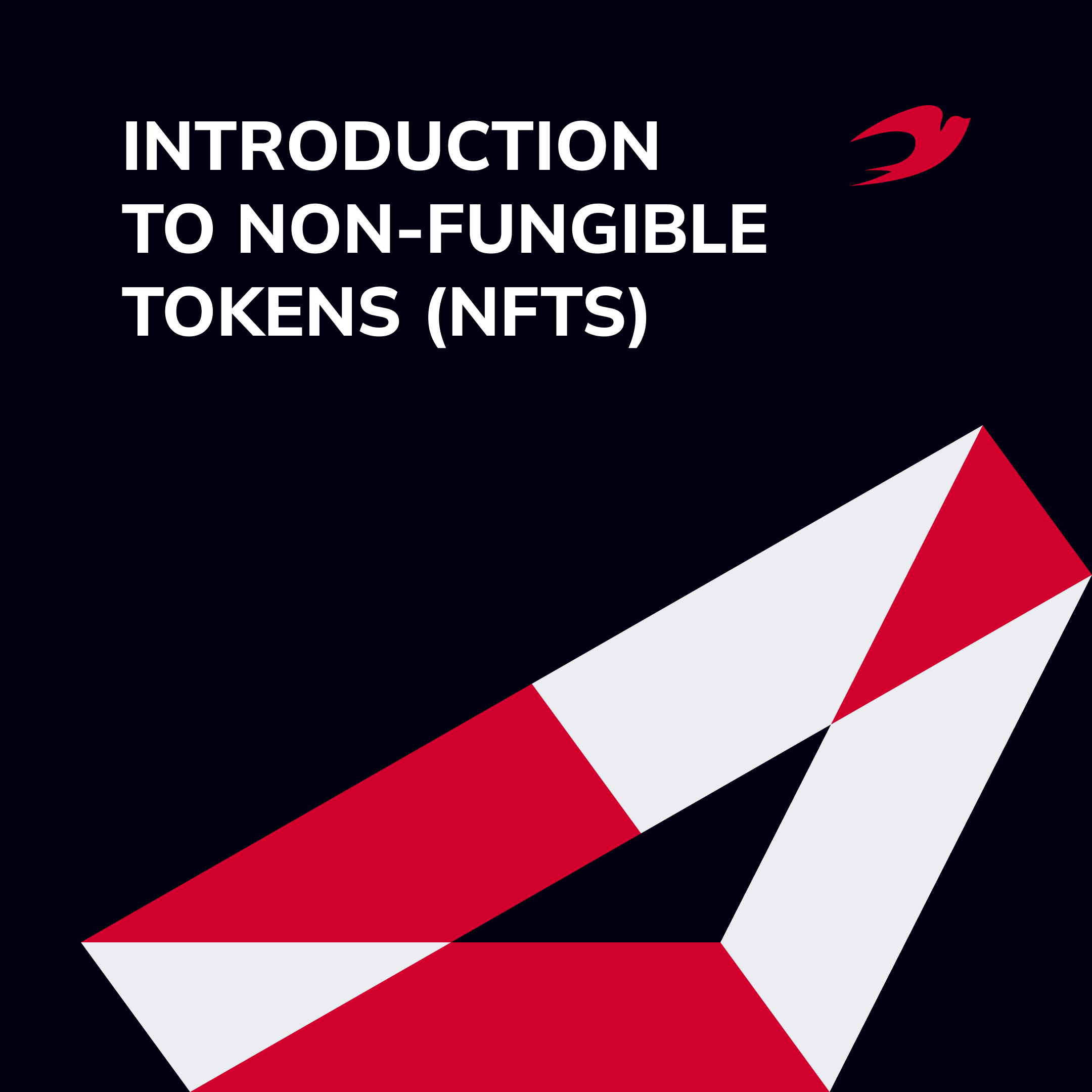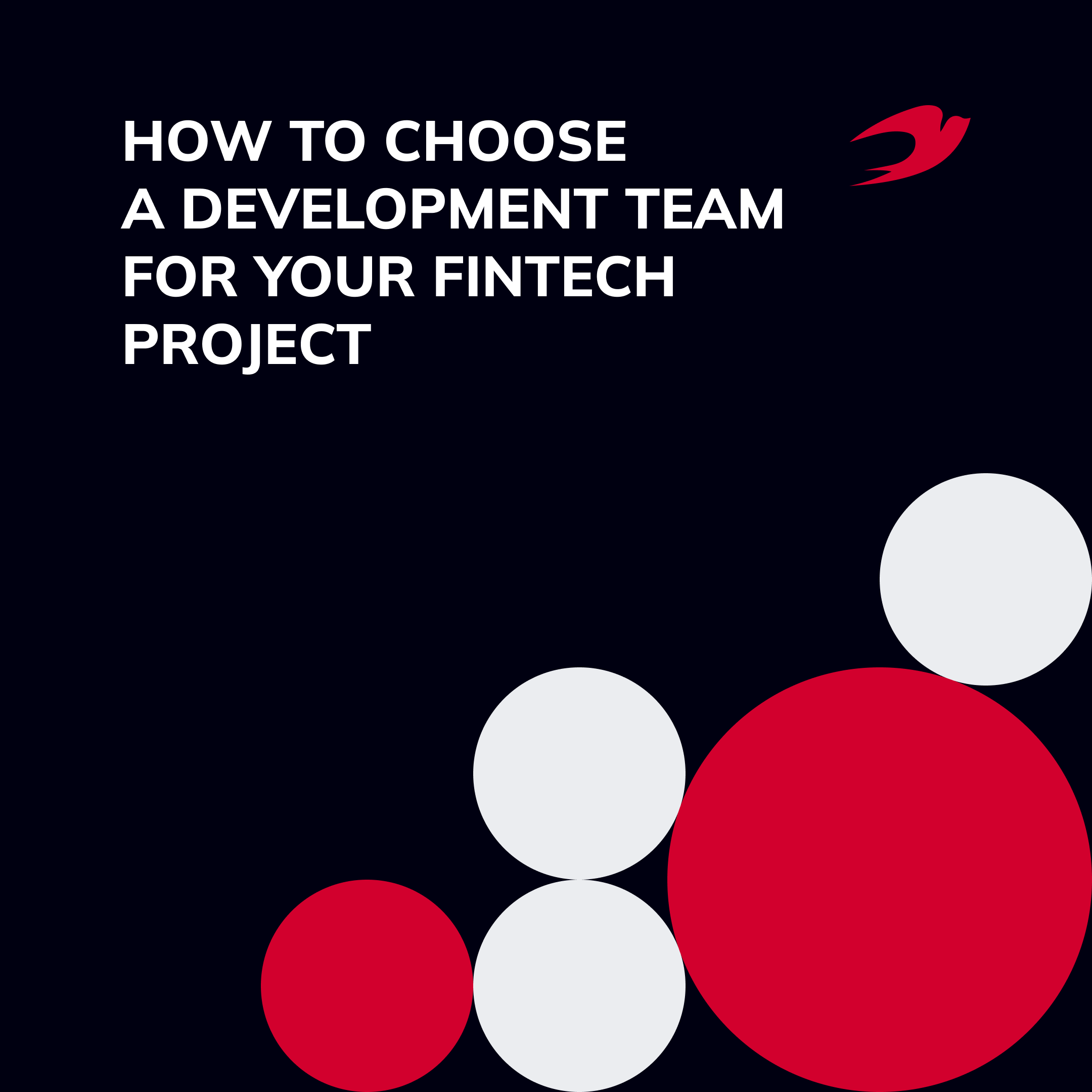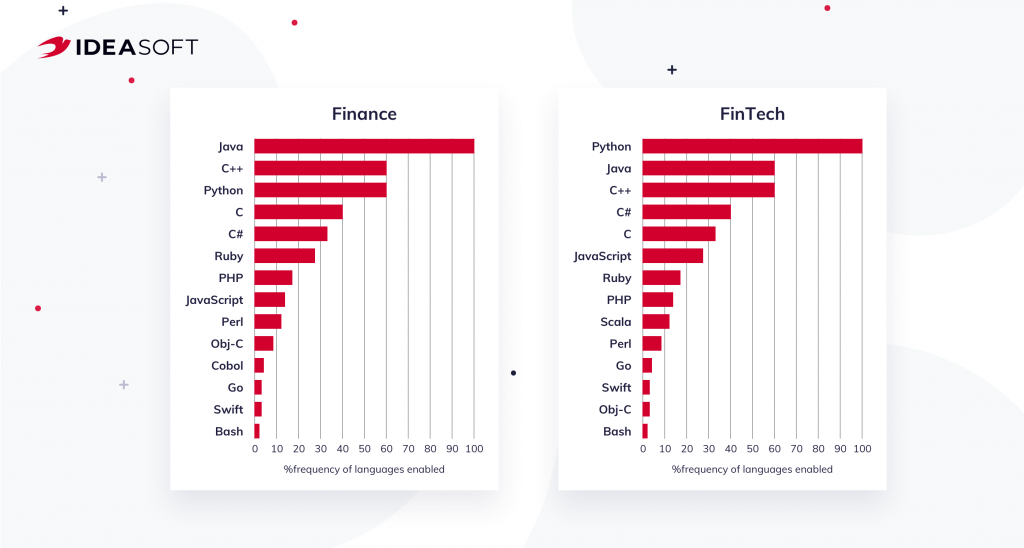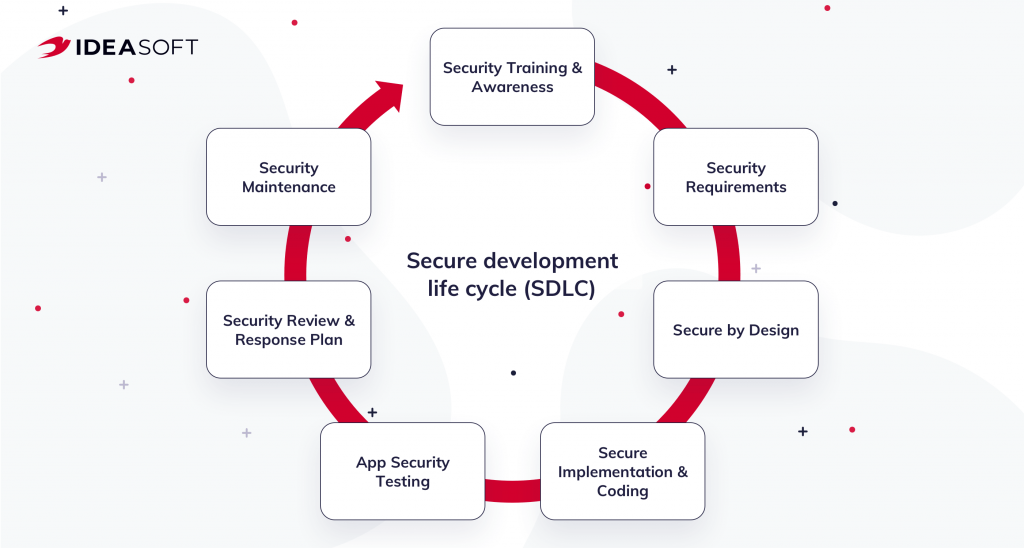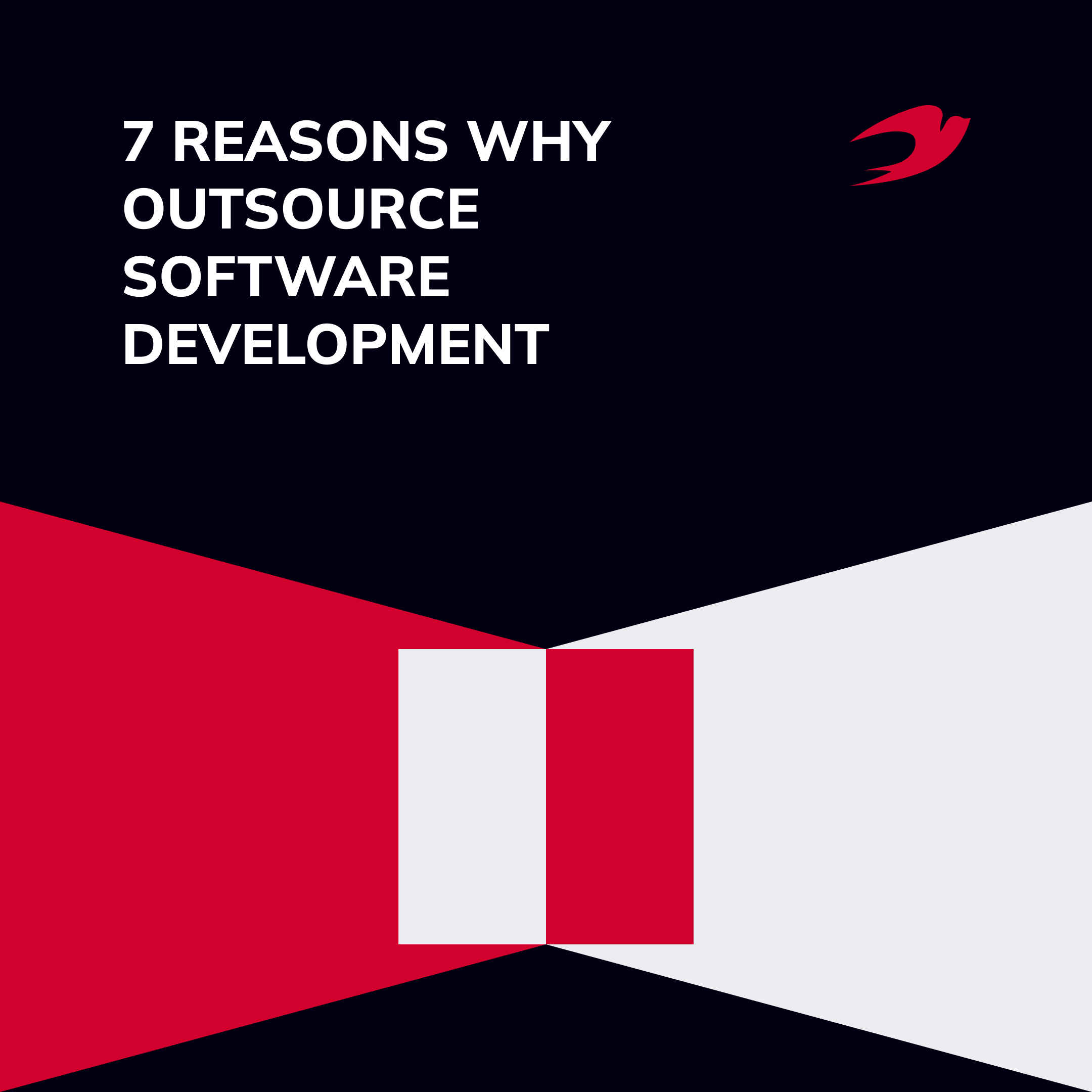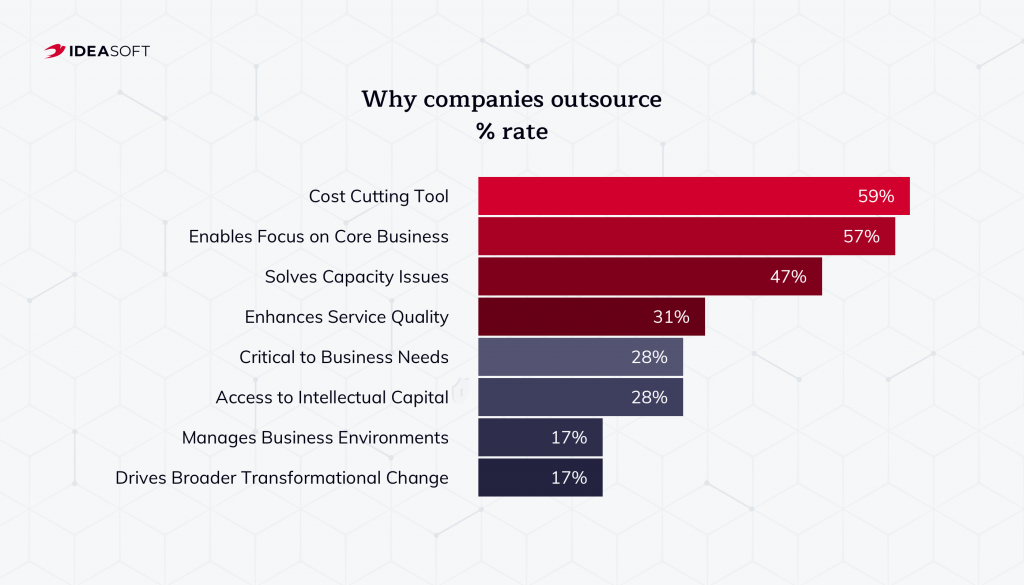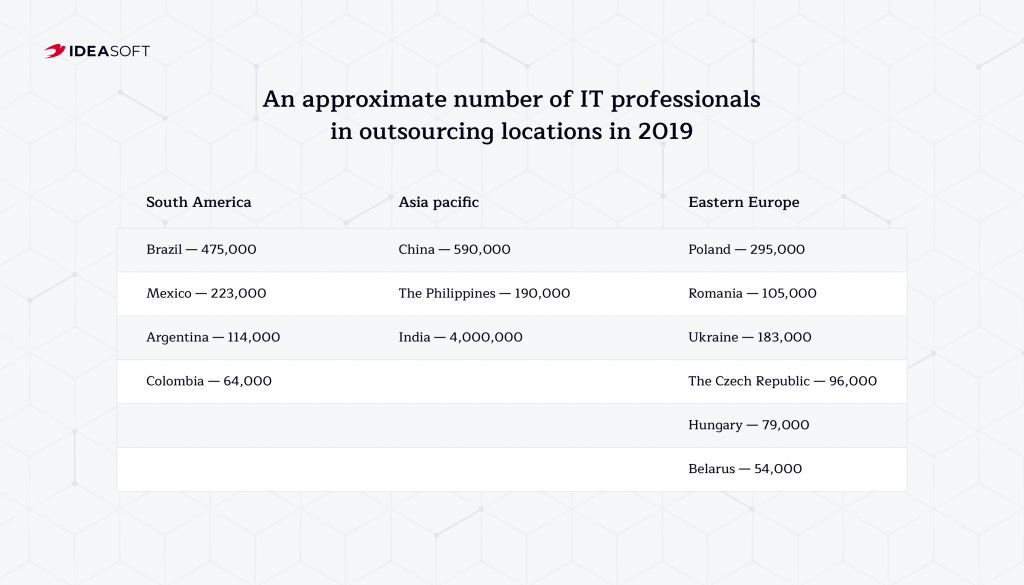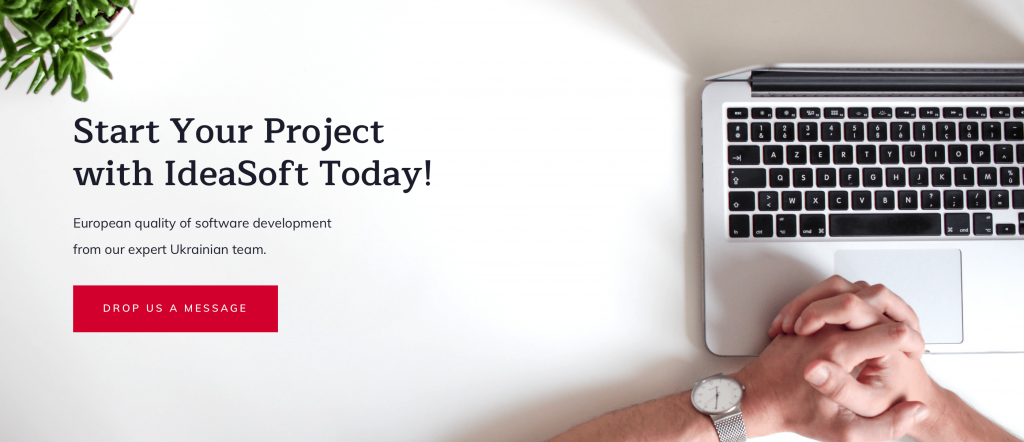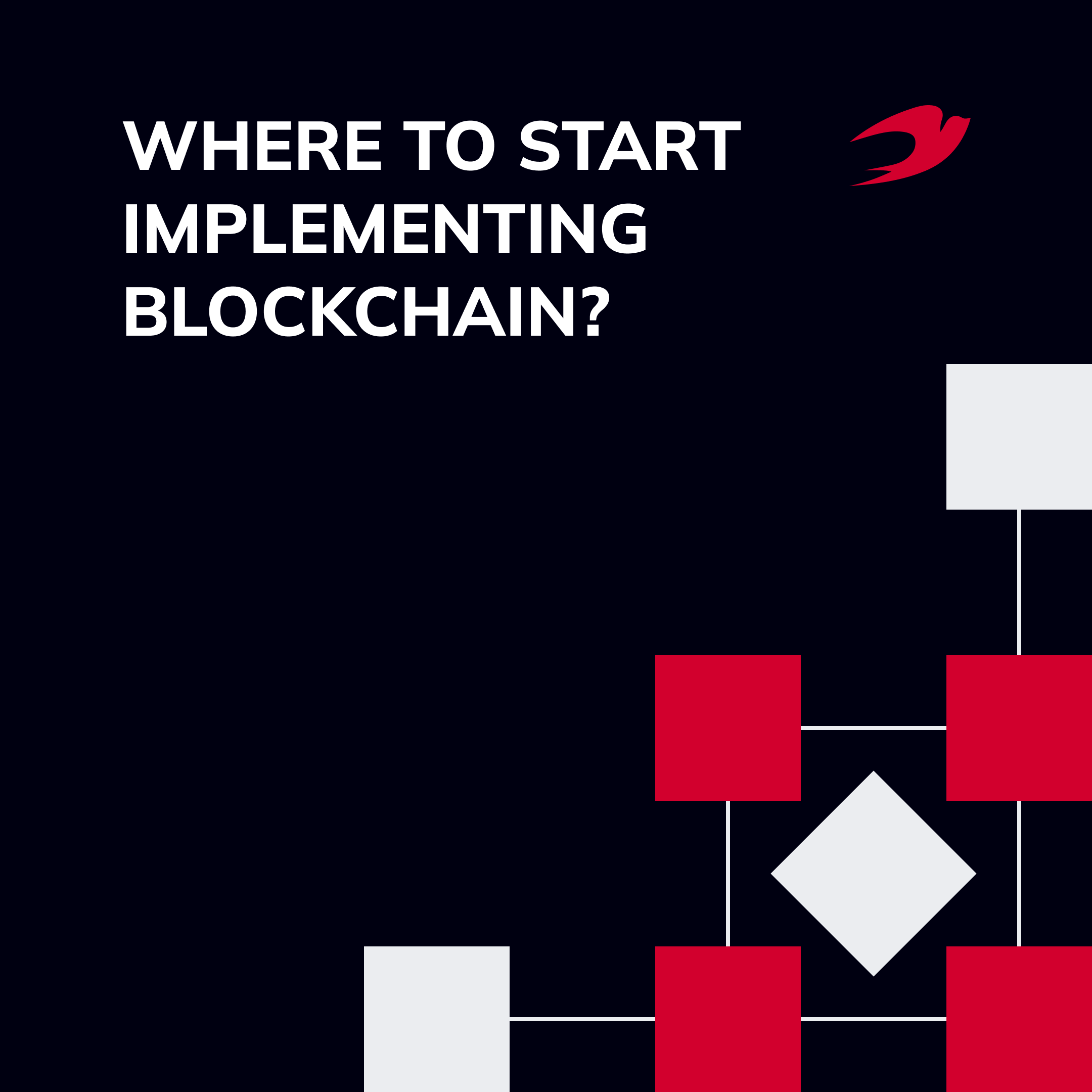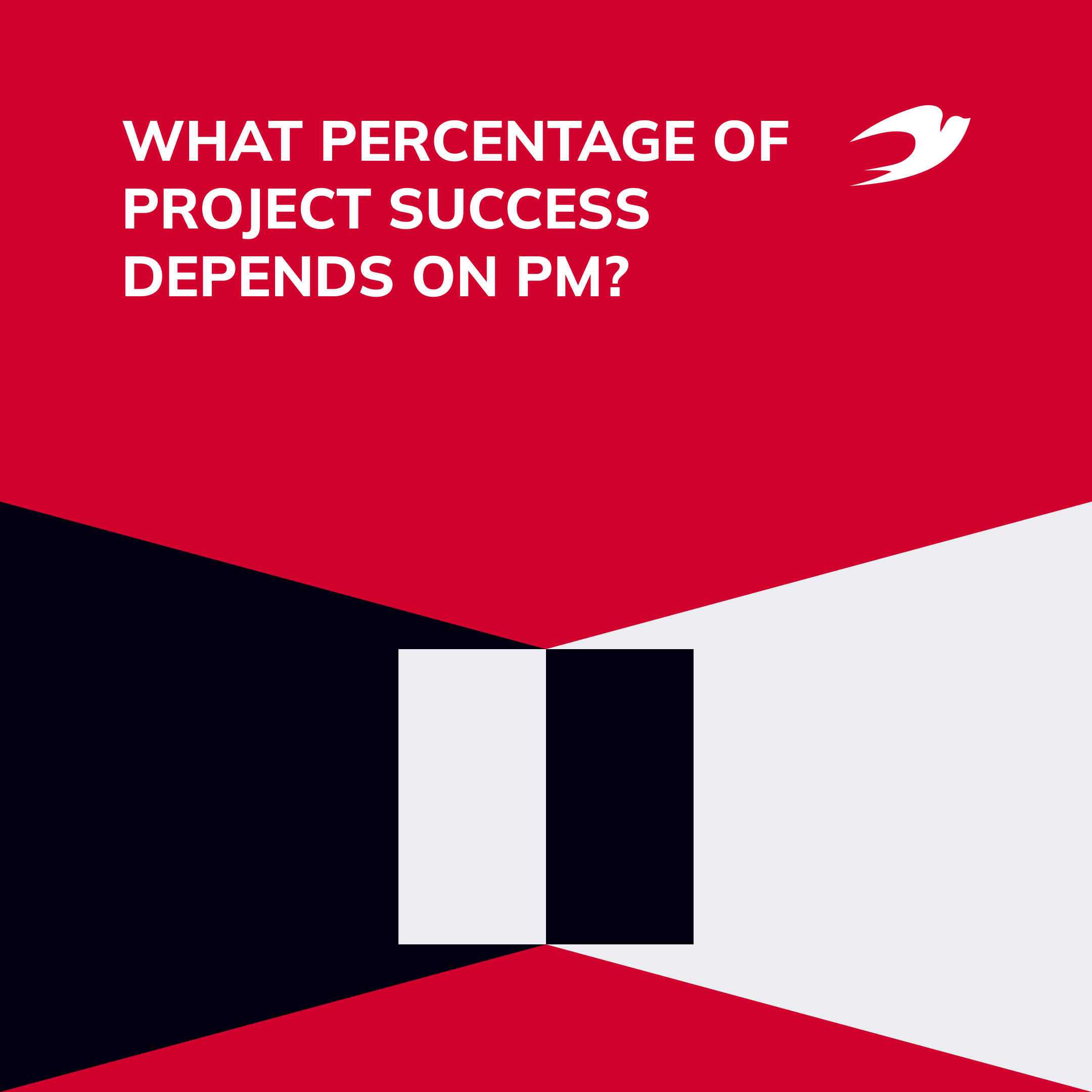In the last couple of years, the financial industry has taken a course towards decentralization. Smart contracts are increasingly becoming an alternative to traditional banks, brokers, exchanges, and other financial organizations. 2020 has been a boom for DeFi. According to DeFi Pulse, the dollar value of assets locked into DeFi protocols surpassed $13 billion at the end of 2020, up 2,000% from January.
If in the wake of this popularity, you decide to create your own DeFi product and are looking for answers to questions about how to start a DeFi project, you have come to the right place. In this article, we’ll go over the main stages of DeFi development and the factors to look out for when choosing a development team and launching a product.
Table of contents:
- What is DeFi and what are the benefits of DeFi
- Starting DeFi project
2.1 The process of developing DeFi product
2.2 DeFi security
2.3 Choosing a development team for a DeFi project - IdeaSoft experience
What is DeFi and what are the benefits of DeFi
As you probably know DeFi stands for decentralized finance. What is behind this definition? We can say that DeFi includes financial services and applications implemented using decentralized blockchain architecture. There are all the same investing, trading, lending, borrowing, and other financial platforms, but they work in a slightly different way.
Unlike traditional financial tools that have central authorities, DeFi is built on decentralized networks and enables peer-to-peer (P2P) transactions. This is exactly the advantage of blockchain that has been talked about since the advent of this technology. But in fact, it turned out that this is not so easy to achieve. For example, although cryptocurrencies are decentralized, we still need centralized platforms like crypto exchanges to use them. DeFi allows full decentralization and provides access to more effective financial platforms for a wider audience.
| Criterion | Traditional finance | DeFi |
| Access | Determined by a service provider | Global |
| Transparency | Lack of transparency | Open-source available for audit |
| Interoperability | Low level of integration of various services | High level of interoperability |
| Control | Centralized authorities like banks and other financial firms | Not controlled by centralized authorities |
| Transaction price | High due to intermediaries | Low due to P2P transactions |
DeFi is built on three pillars, including open source, transparency, and accessibility. This allows everyone to create their own smart contract protocol and become an investor, lender, or borrower without the need to rely on central authorities. In other words, DeFi is intended to become an alternative to traditional financial tools. Plus, DeFi services that exist on the same blockchain platform can be integrated in different ways due to the software compatibility of smart contracts, which allows the creation of entire decentralized financial systems.
Benefits of decentralized finance
- Autonomy. Service users have 100% control over their assets. There is no custodian to manage their assets.
- Transparency. DeFi services are open-source and open to audit. All transaction activities can also be checked.
- Accessibility. There are no restrictions on the use of DeFi products. Regardless of geographic and regulatory factors, anyone can connect a crypto wallet to the decentralized blockchain network and start using it.
- Security. DeFi is powered by blockchain. The information recorded in the blockchain cannot be changed. Therefore, no one can fake your data. Also, the absence of a single point of failure makes the entire system less vulnerable.
- No need for intermediaries. All operations in DeFi are handled through programmable smart contracts. In other words, you run an algorithm that will be executed only if the conditions laid down in the contract are met. Therefore, there is no need to involve third parties to complete transactions.
- Faster and cheaper transactions. Since there are no intermediaries, payments are significantly less expensive, and self-executing smart contracts speed up the processing of transactions.
- Cost-effectiveness. DeFi can be both a cost-cutting way and a new way of investment. DeFi apps users can earn passive income from crypto assets and save on fees for transfers, loans, and deposits.
So, as we see, DeFi has many advantages. Decentralized finance can be the beginning of building more efficient and transparent financial systems that give us more control over our assets. Therefore, it is not surprising that the number of DeFi projects has been growing over the past year. Let’s find out how to start a DeFi project.
Starting a DeFi project
Whichever type of DeFi product you are developing, be it lending/borrowing platforms, crypto exchanges, open marketplaces, issuance apps, etc., you follow a specific development scenario. Let’s take a look at the main stages of creating DeFi products, where to start, and what to pay special attention to.
The process of developing DeFi product
DeFi product development is slightly different from regular software development. It’s all about decentralization. DeFi is not run by any financial organization or central authorities, blockchain enforces all the logic of an application or service. To make this happen, you need to build smart contracts containing all the rules of operation. The DeFi development process is as follows:

- Business analysis
The development of any software product begins with business analysis. This is part of defining the project functionality and requirements, which will help choose the optimal tech stack and build the product architecture. We advise you to involve a business analyst at this stage so as not to miss a thing. A competent analysis will allow you to get rid of potential system vulnerabilities and create a reliable DeFi product.
- UX/UI design
UX/UI design is an integral part of any application. If you want to provide a unique user experience, then you need the help of good designers. A user-friendly interface contributes to user engagement. Whatever interesting and functional features you come up with, you need to correctly implement them into design. Your product’s look and feel should help users reach their goals quickly, be it checking balances, executing a transaction, or something else. Therefore, we advise you not to neglect this part of the project.
- Smart contracts development
The correctness and security of your DeFi app depend on the quality of smart contracts. They are the basis of any DeFi product since all the system’s operation logic is laid down in smart contracts. You should keep in mind that smart contracts can both increase the security of your system and make it more vulnerable to hacker attacks if the architecture is incorrect or the quality of the code is poor.
The smart contract development process is not that easy. All possible scenarios for user interaction with the platform should be described in them. Besides, everything must be transparent and secure at the same time, which is a truly challenging task for any developer. Plus, you should be able to quickly upgrade the terms of a smart contract, if necessary, without additional deployments. This means that a smart contract must be easy to read and not contain excessive amounts of code. Therefore, choosing an experienced development team is crucial here.

- DeFi integrations
Integration of DeFi products is one of the key features of decentralized finance. One way or another, your product will be connected with other DeFi protocols. This allows you to create a functional financial ecosystem with additional possibilities for users. However, all these protocols have different features and interfaces, therefore you need to conduct a detailed preliminary analysis to make sure that integration is secure and efficient. This is also one of the most difficult parts of developing a DeFi project because your development team needs to examine the code and architecture of other DeFi before starting the integration.
- Front-end development
At this stage, the development team brings the UX/UI design to life. By choosing the best front-end frameworks and libraries, front-end developers build your product’s user interface with smooth navigation and fast-loading pages.
- Testing
Once you have implemented all the main features, it’s time to test your DeFi product. Before putting it on the market, check if it is reliable and safe in all aspects. It is not enough just to make sure that the system works as intended; you also need to conduct testing for vulnerabilities and loads. A security audit is one of the main tasks here. Bugs in the code can lead to loss of funds. According to The Block Research, there were 15 hacks of DeFi platforms amounting to $120 million funds being stolen in 2020. So, take testing seriously.
Read How to Hire Remote Blockchain Developers here.
DeFi security
Along with the benefits of decentralized finance come weaknesses. Since DeFi has an anonymous nature and lacks a regulatory framework, users of DeFi products are easy targets for scammers, hackers, and money launders. The weak architecture of smart contracts, bugs in the code, insecure integration make the system vulnerable. So, you should do your best to mitigate the risks of fraud and theft. Here are some tips for providing DeFi security.
- Always check smart contract vulnerabilities and perform security audits.
- Don’t share your private key with anyone. The creator of the product must be the only custodian of the private key. Also, store it offline.
- Test the product for edge cases in smart contracts, such as an overloaded network or hacker attack. Timely identification of weak points will help you optimize the system and prevent real cases of fraud.
Don’t neglect audits and testing. Discuss with your development team all possible ways to ensure the security of your product. This is an essential part of starting a successful DeFi project.
Choosing a development team for a DeFi project
Now let’s move on to choosing a development team for your product. We see that the development of DeFi requires deep expertise in the field of blockchain and experience in implementing similar projects. Thus along with security, these two criteria will be of key importance when choosing software engineers. Due to the multitude of hacker attacks lately, people consider DeFi to be risky and are very careful about the choice of platforms and applications. Your task is to create a reliable product with the support of an experienced team that is fully aware of its responsibility for its work quality. So, what should your development team have:
- Portfolio of successfully implemented blockchain projects
- Experience in creating smart contracts
- Experience with fintech projects
- Skilled in-house developers
- Clear security standards
We also advise you to work with companies providing full-cycle software development services. In this case, you will be able to close all project tasks working with one team, from design to testing and support. Many people note that this option is cost-effective and more convenient since you don’t need to sign contracts and communicate with several companies at the same time.
IdeaSoft experience
Now when you know how to start a DeFi project and what steps you should take, let us tell you how we can help you. IdeaSoft is a software development company with more than 5 years of history. Our portfolio includes over 250 projects, most of which are related to blockchain development. Crypto exchanges, including decentralized (DEX), lending/borrowing platforms, NFT marketplaces, issuance platforms, DeFi aggregators, and more.
IdeaSoft’s team of talented and experienced specialists can implement projects of any complexity, adhering to the best security practices. Among our clients, you will find Biteeu, a fully licensed and compliant cryptocurrency exchange for the European Union; Bochica, the first Colombian blockchain; Securutize, an issuance platform that entered the list of Blockchain 50 Most Promising Companies within the Blockchain Ecosystem by CB Insights in 2020, and more.
Feel free to share your ideas with the IdeaSoft team. We will do our best to bring them to life with the help of advanced technologies. Contact us to get a free consultation with a technical specialist or a project estimate. And good luck with your DeFi product, you’re on the right way!
